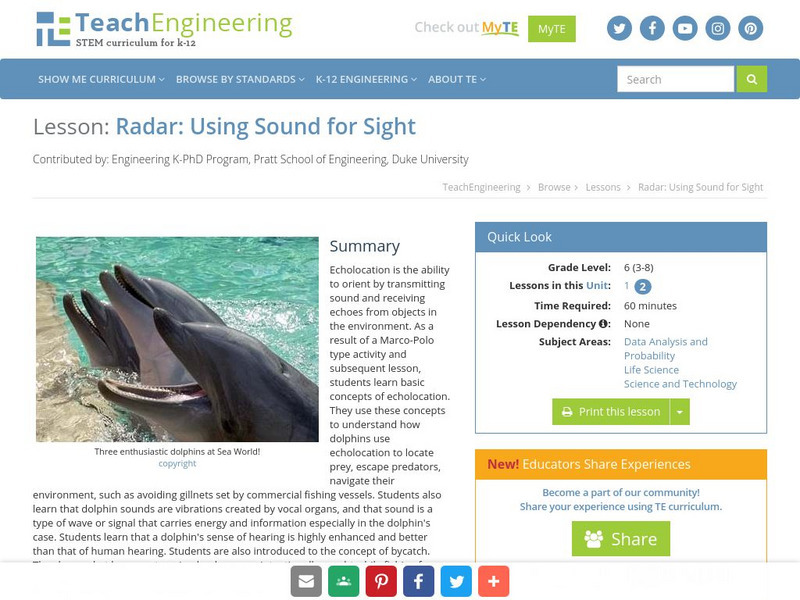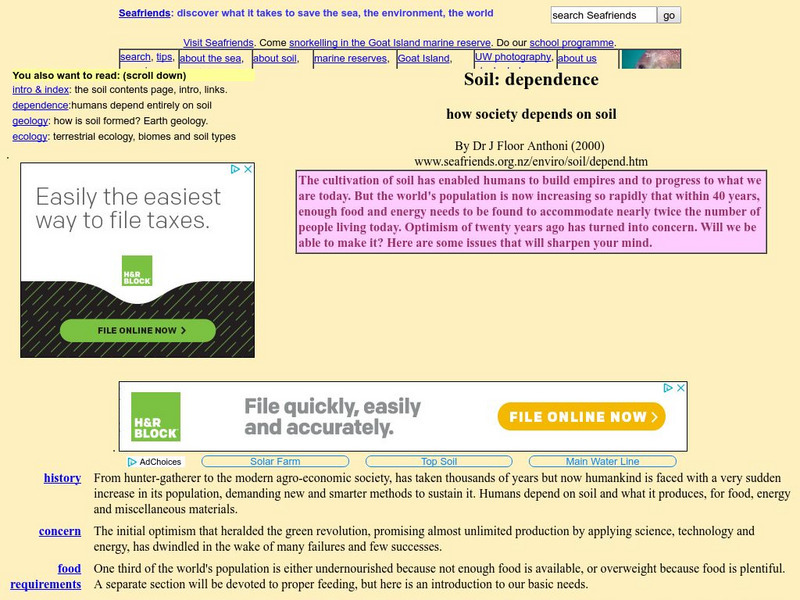US Fish and Wildlife Service
U.s. Fish & Wildlife Service: Loggerhead Sea Turtle
Read about the current status of the endangered Loggerhead Sea Turtle. This article takes an in-depth look at the conservations status and efforts underway to stop the decline in the turtle population.
NSTATE
California State Symbols
Find out about the official California state symbols and when they were adopted. Click on the words to see a picture and get more information.
Other
N. Carolina Dep. Of Environment & Natural Resources: Cool Kids: Crustaceans
There is all kinds of information about crustaceans available at this site from the North Carolina Department of Marine Fisheries. You can see what types of shrimp and crabs are in the area or connect the dots of your own crustacean.
NOAA
Noaa: Estuaries 101 Curriculum: Port to Port
Many people depend on the estuary to earn a living. Meet a Louisiana man who makes his living by harvesting crabs and shrimp, and is worried about the health of the estuary. Includes downloadable teacher guide and student materials.
Other
Save Our Seas Organization: Home Page
Home page of the Save Our Seas Organization which seeks to protect all the oceans of the world.
TeachEngineering
Teach Engineering: Sound for Sight
Echolocation is the ability to orient by transmitting sound and receiving echoes from objects in the environment. As a result of a Marco-Polo type activity and subsequent instructional activity, students learn basic concepts of...
TeachEngineering
Teach Engineering: Can You Hear It?
In the previous lesson, students learned about the issue of bycatching by fisheries and how it affects marine habitats. Dolphins are one of the main species affected by bycatching. While dolphins can use echolocation to identify the...
Kidport
Kidport: Who Eats What?
At this site students are encouraged to try and answer questions that relate to what animals eat. At the bottom of the web page are beautiful pictures of land and sea animals and when selected, students will be able to read short facts...
Other
Seafriends: Soil Dependence
This website looks at our dependence on soil and what it produces. It includes text, graphs, charts, illustrations and important statistics. Hosted by the Seafriends Marine Conservation and Education Center.
Environmental Education for Kids
Eek!: Habitats: Lakes
Learn why the lakes and waterways of Wisconsin are so important and about some of the aquatic animals and plants that live there.
Curated OER
Marine Studies: Symbiosis
View graphics of a mimic octopus, frog fish, snake eel, hermit crab and clown fish. Discover how they form symbiotic relationships.
Curated OER
Marine Studies: Symbiosis
View graphics of a mimic octopus, frog fish, snake eel, hermit crab and clown fish. Discover how they form symbiotic relationships.
NOAA
Noaa: Motion From the Ocean [Pdf]
Reel in some information about fish from the ocean. Then create a mobile with fish that you color.
The Franklin Institute
Marshall Elementary School: Ocean Games & Puzzles
Complete interactive word searches to find animals of the intertidal zone. Learn ocean facts by completing a crossword puzzle. Match up pieces of a puzzle to display the water cycle. And after learning all that information, test yourself...
PBS
Pbs Kids: Wild Kratts: Capture the Fishmobiles
Utilize Creature Powers to capture as many fish as you can while riding around in the ocean in miniature fish-themed vehicles called Fishmobiles. Can you keep up with the rapid, precise movements of schooling fish?
Read Works
Read Works: Super Survival Skills
[Free Registration/Login Required] Students read about how different types of fish are able to defend themselves and survive in their environments. A question sheet is available to help students build skills in drawing conclusions.
TED Talks
Ted: Ted Ed: Why Are Sharks So Awesome?
Sharks have been celebrated as powerful gods by some native cultures. And today, sharks are recognized as apex predators of the world's ocean. What is it that makes these fish worthy of our ancient legends and so successful in the seas?...
Read Works
Read Works: Dead Zone
[Free Registration/Login Required] Students read about the "dead zone," an area in the Guld of Mexico where no fish can live due to pollution from fertilizer. A question sheet is available to help students build skills in cause and effect.
National Geographic
National Geographic: Crittercam Chronicles: Antarctica
Play a game where you explore three scenes in Antarctica and find different types of animals: south polar skua, crabeater seal, emperor penguin, ice fish, leopard seal, killer whale, krill, adelie penguin, and weddell seal. After you...
US Senate
Us Senate Committee Commerce, Science and Transportation
The Senate Committee on Commerce, Science and Transportation has jurisdiction over several areas. Come and find out more about this powerful committee by checking out this resource.
Curated OER
Etc: Maps Etc: Distribution of Fish in North America, 1910
A map from1910 of North America showing the distribution of primary commercial fish in the region, including oysters, clams, sponges, turtles, shrimp, lobster, whales and seals. The map shows marine species as well the freshwater salmon...
Other
Wicked Diving: Napoleon Wrasse
Because this site belongs to a diving tour company rather than to an aquarium or museum, the information about the Napoleon wrasse is "up close and personal." Learn basic facts about these fish, but also learn how they react to humans in...
Other popular searches
- Marine Fish Anatomy
- Marine Fish Osmoregulation
- Fish and Sea Creatures
- Marine Fish Diversity
- Marine Fish Powerpoints














